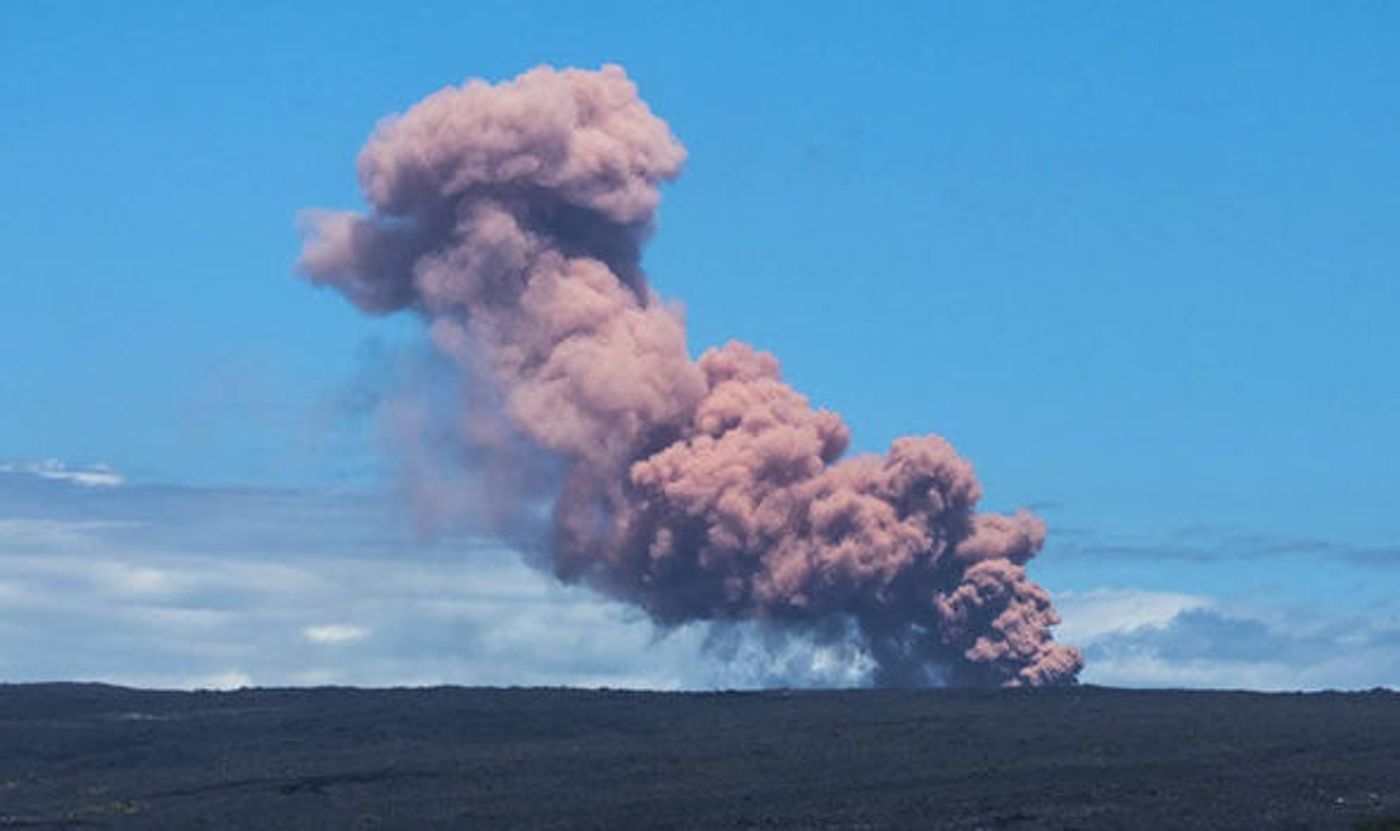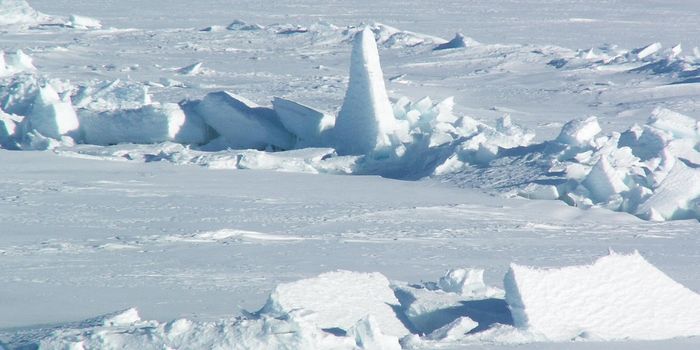Hawaii's massive eruption evacuates hundreds
Hawaii’s Kilauea volcano on the Big Island ushered in a not-so-unexpected surprise yesterday: an eruption and forced evacuation for up to a thousand people living near the Leilani Estates and Lanipuna Gardens subdivisions. These subdivisions are in the district of Puna, roughly 25 miles from Kilauea, which started spouting lava, ash, and gases around 4:30 PM Thursday afternoon.
The eruption had been expected for several days, due to a high-tech prediction and alert system that the state has had in place for some time now. The eruption started several hours after a 5.0-magnitude earthquake on Thursday morning. This resulted in “rockfalls and possibly additional collapse into the Pu’u Oo crater on Kilauea,” and sent a large plume of ash ballooning into the atmosphere, stated the USGS. That was not the first earthquake; there have been continuous small quakes since Monday – up to 600. Residents commented that they have been waiting for the eruption because of the quakes.
The County of Hawaii’s acting mayor and Gov. David Ige called Hawaii’s National Guard to aid in evacuations and issued a state of emergency as well; sirens could be heard around the subdivisions, reminding people the urgency of evacuating.
USGS reported that Kilauea is the youngest and most active volcano on the island. The volcano has erupted many times since 1983, so most of the Puna district residents know the drill when it comes to an evacuation. But that doesn’t mean it still doesn’t impact lives.
“This stuff could go on for a couple days, weeks or months,” resident Maija Stenback commented to The Washington Post. “Just the thought of everything now being gone — it’s just not real yet. Maybe the next time we go there the house might be under 30 feet of lava.”
Janet Babb, a geologist with the Hawaiian Volcanoes Observatory, explained that although the fissure around the volcano has stopped spewing lava, that doesn’t mean that the eruption is over, and predicting how long it will last is tricky. At the moment there is no way to forecast when people will be able to return to their houses.
Sources: The Washington Post, CNN









